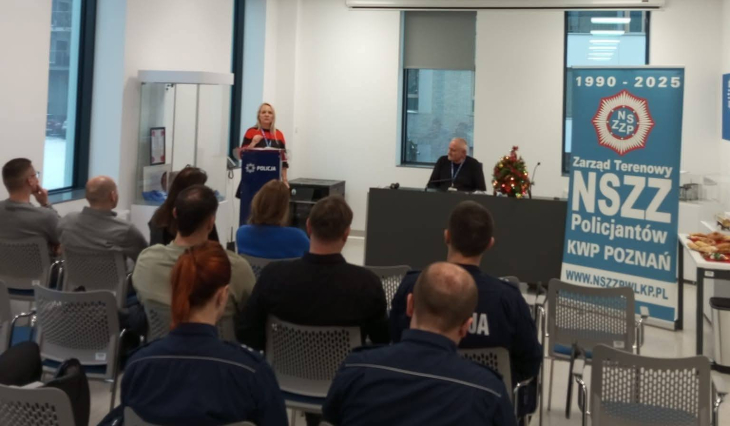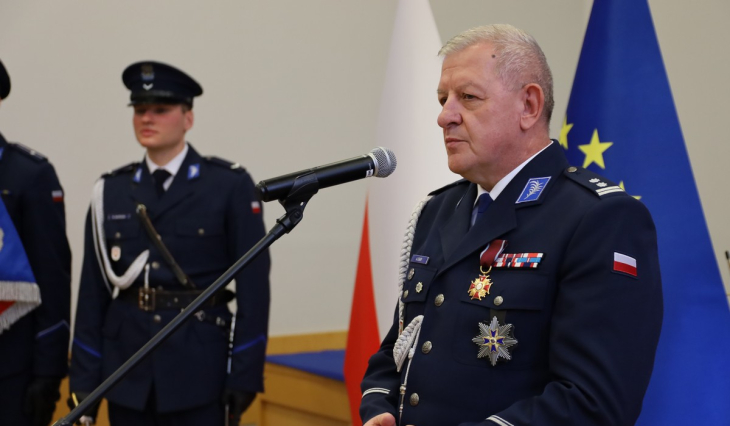
NEW DELHI– Vinay Dube, CEO of Akasa Air (QP), in an interview with The Economic Times, said that Akasa Air aims to become one of the 30 largest airlines globally by fleet size by 2030, with plans to acquire 199 additional aircraft. “Yes, well, we have got 27. So, 199 coming in the next seven years”, Dube added.
Moreover, the airline aims to capture a significant 15% market share in the Indian aviation sector within the next 5-7 years, reflecting its confident growth strategy and potential in the rapidly evolving aviation market.
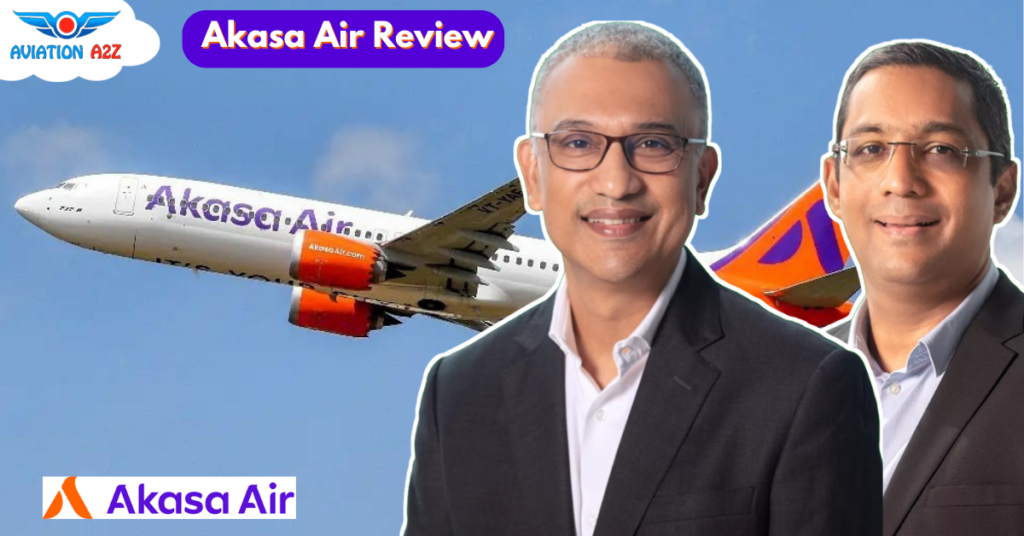 Photo- Aviation A2Z
Photo- Aviation A2ZAkasa Air Roadmap
Vinay Dube’s vision for Akasa Air (QP) represents more than just an airline’s growth story. It symbolizes India’s emerging potential in global aviation, promising increased connectivity, affordability, and transformative travel experiences for millions of Indians.
As the airline industry enters what Dube calls a “golden age of aviation stability,” Akasa Air stands poised to play a pivotal role in India’s aviation renaissance, challenging established players and redefining travel paradigms.
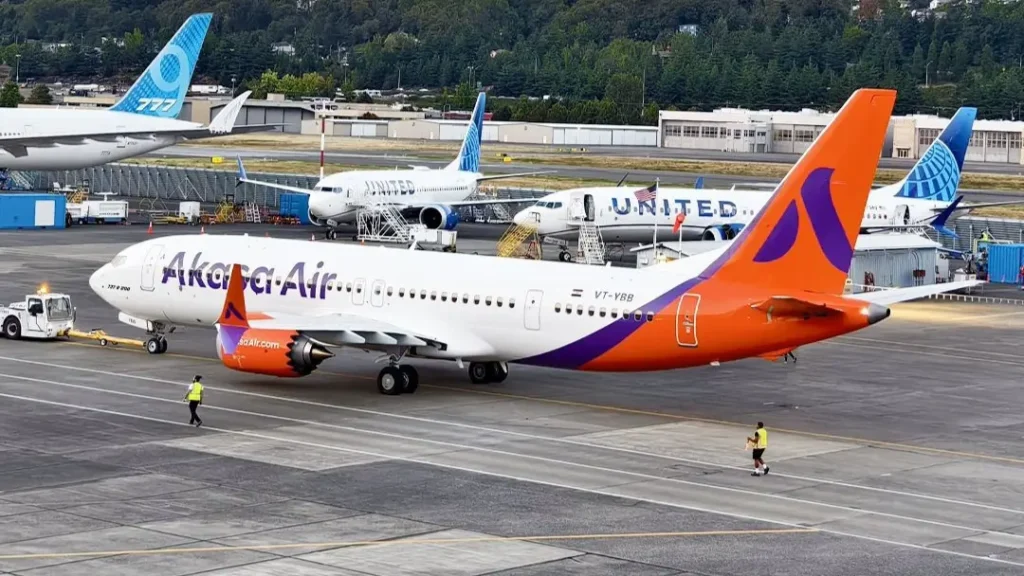 Photo: Akasa Air
Photo: Akasa AirGlobal Insights
Dube drew comparative insights from global markets. While the United States currently operates approximately 7,500 commercial aircraft, India presently maintains a modest fleet of 700-800 aircraft. This disparity represents not a limitation but an extraordinary opportunity.
Five years ago, China had 3,500 commercial aircraft. Five or six years ago, the US had 7,500 commercial aircraft. So, for us hovering short of 1,000, we have maybe 700, 800. That number, given the geographical size of the country and the 1.4 billion population, there is no reason why we cannot work our way up to 6,000, 7,000 aircraft, which is what the US had several years ago.
So, it will take some time. In the next three to five years, we are not going to see 6,000 or 7,000 aircraft. But as a country, for us to have 6,000 or 7,000 commercial aircraft over the course of the next 20 or 30 years, is not out of the realm of possibility.
Vinay Dube, CEO, Akasa Air
Akasa’s operational model draws inspiration from successful global low-cost carrier strategies, particularly Southwest Airlines (WN).
The airline focuses on maximizing asset utilization, with aircraft operational hours ranging from 11 to 14 hours for narrow-body planes and potentially extending to 16 to 18 hours for wide-body aircraft.
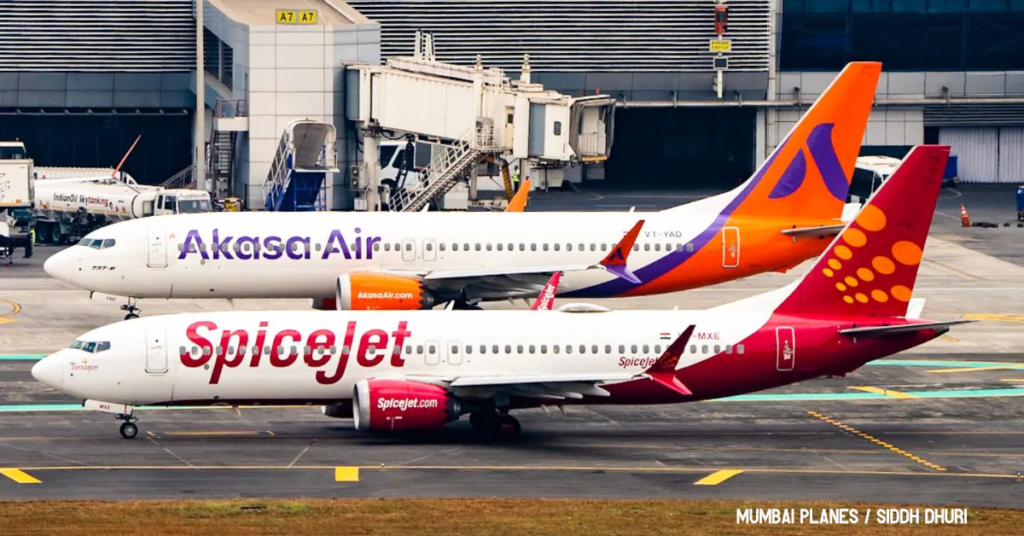 Photo: Photo: Siddh Dhuri | MumbaiPlanes
Photo: Photo: Siddh Dhuri | MumbaiPlanesInfrastructure Expansion
The Indian government’s strategic infrastructure development plays a critical role in supporting this aviation transformation. With 70 airports already constructed and an ambitious plan to develop 100 more within the next 7-10 years, the foundational framework for extensive air connectivity is being established.
Airport developments in Navi Mumbai (NMI) and Jewar (DXN) and improvements across cities like Hyderabad (HYD), Goa (GOI), and Chennai (MAA) are not just infrastructure projects but catalysts for nationwide air travel democratization. These developments will significantly reduce travel times, enhance connectivity, and make air travel more accessible to a broader demographic.
Consumer Experience
Akasa Airlines focuses on more than just growing its number of planes. The company truly cares about making passengers happy. They’ve become known for arriving on time and offering affordable ticket prices. Dube points out two key factors boosting the airline industry in India:
- Better connections between big and small cities
- The growing number of middle-class travelers who want to explore international destination
The airline aims to stand out by being reliable and budget-friendly. At the same time, the broader aviation market is expanding due to improved regional links and more people having the means to travel abroad.
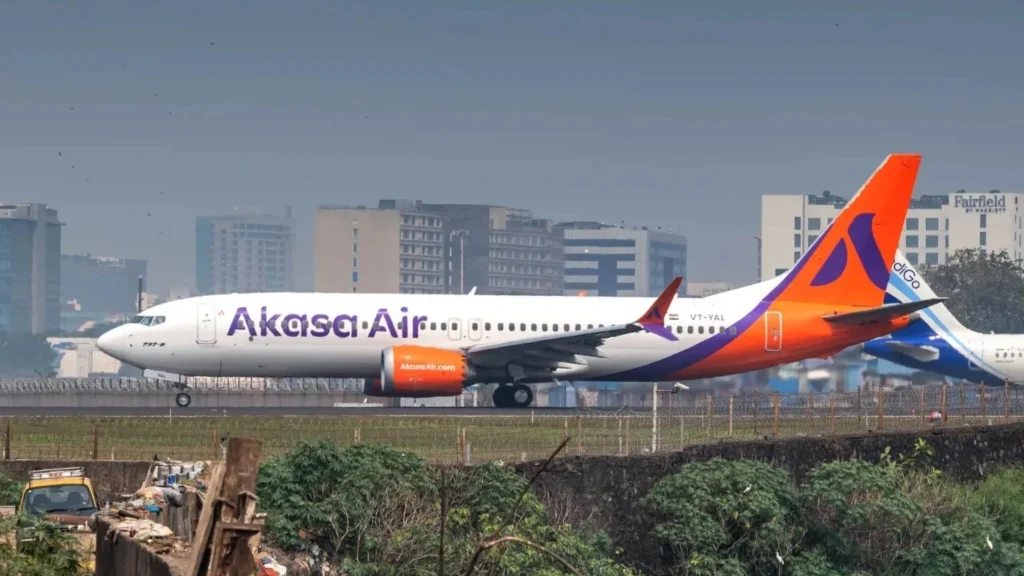 Photo: Utkarsh Thakkar (Vimanspotter)
Photo: Utkarsh Thakkar (Vimanspotter) Mahakumbh Milestone
During the Mahakumbh festival, Akasa Air showcased remarkable operational flexibility by executing approximately 1,000 flights in a single month. The airline’s network extended beyond Prayagraj (IXD), encompassing regions like Varanasi (VNS), Lucknow (LKO), Ayodhya (AYJ), and Gorakhpur (GOP).
Operating around twenty round trips daily with affordable tickets, Akasa transformed religious travel accessibility, demonstrating its ability to capitalize on unique market opportunities.
Akasa Air Investors
The airline has strategically secured investments from marquee investors, including Premji Capital, Ranjan Pai, Claypond, and 360 One. This robust financial backing reinforces Akasa’s commitment to avoiding traditional airline management pitfalls by maintaining a competitive cost structure and ensuring comprehensive capitalization.
Beyond fleet expansion, Akasa (QP) is investing in technological innovations that enhance operational efficiency. From optimizing fuel consumption to implementing advanced maintenance protocols, the airline is positioning itself as a technologically forward-thinking carrier in the Indian market.
 Photo: Photo: Siddh Dhuri | MumbaiPlanes
Photo: Photo: Siddh Dhuri | MumbaiPlanesIndian Aviation Growth Projections
The airline’s expansion strategy is intricately linked with India’s broader economic trajectory. With consistent GDP growth and increasing disposable incomes, air travel is transitioning from a luxury to a necessity. Dube anticipates a potential 15-18% Compound Annual Growth Rate (CAGR) for the aviation sector, with Akasa potentially achieving even more aggressive growth rates due to its current small market base.
Bottom Line
Vinay Dube’s vision for Akasa Air represents more than an airline’s growth story. It epitomizes India’s emerging potential in global aviation, promising enhanced connectivity, affordability, and transformative travel experiences for millions.
As the industry enters what Dube describes as a “golden age of aviation stability,” Akasa Air is strategically positioned to challenge established players, redefine travel paradigms, and contribute significantly to India’s aviation renaissance.
Stay tuned with us. Further, follow us on social media for the latest updates.
Join us on Telegram Group for the Latest Aviation Updates. Subsequently, follow us on Google News
Akasa Air Will be in Top 30 Airlines in the World List by 2030: CEO Vinay Dube
The post Akasa Air Targets 15% Market Share in India by 2030 appeared first on Aviation A2Z.















